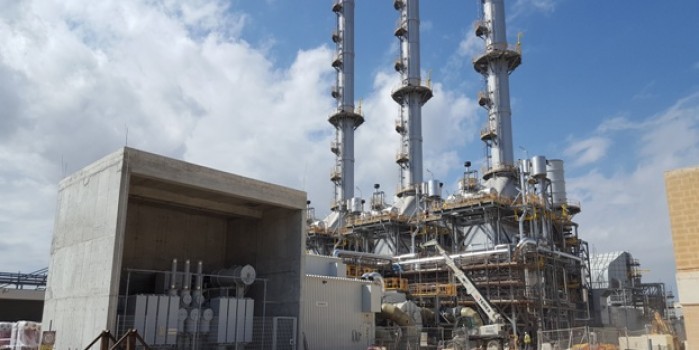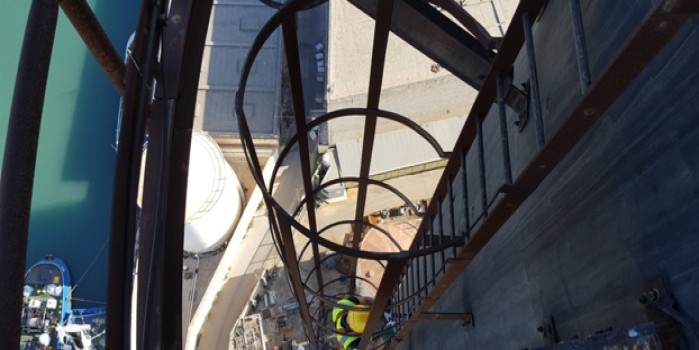Waste Directives revised to promote shift to circular economy
Our current socio-economic human model is linear in nature where there is little recirculation of the by products from each step of the process (as seen below) resulting in waste.
This model is unsustainable, amongst others because of the scarcity of natural resources and the environmental impacts of waste disposal.
Seeking to address this issue, the European Union recently amended several waste directives, with the aim of transforming the EU into an all-encompassing circular economy.
The amended Waste Directive now requires all member states to increase the percentage of municipal waste being prepared for re-use or recycled by 55% by 2025. This target increases to 60% in 2030 and reaches 65% in 2035.
These are very ambitious targets considering that in 2015 Malta only recycled 7% of its municipal waste (European Environmental Agency). The amended Waste Directive does, however, allow countries with low recycling and high landfilling rates (like Malta, Cyprus, Croatia, Slovakia, Greece, and Romania) to apply for a five-year extension to achieve these targets. Nonetheless, such countries are still required to achieve reuse and recycling rates of at least 50% by 2025. This figure increases by 5% each consecutive five years to 60% by 2035.
These amendments also make incineration of municipal waste for energy recovery less attractive to an EU member state, since end-of-waste materials used for energy recovery do not contribute towards the percentage of recycled waste.
The Packaging and Packaging waste Directive has also been amended. The amended Directive now requires at least 65% by weight of all packaging waste to be recycled by end 2025. It also includes recycling targets for specific materials usually used in packaging such as plastic (50%), wood (25%), ferrous metals (70%), aluminium (50%), glass (70%), and paper and cardboard (75%). The overall recycling target increases to 70% of the total waste by weight by end 2030. Member states may, however, apply for a five-year extension to fully meet these targets; slightly less stringent targets would apply in this time.
By comparison, in Malta, the overall packaging recycling rate was 41% in 2014 (ERA). The following packaging recycling rates were also achieved: 31% for glass, 33% for plastic, 55% for paper and cardboard, 39% for metals, and 6% for wood. The chart below summarises these figures.
Source: ERA
The amended waste Directives are available in full here:
- EU Directive 2018/851/EU: Amending Directive 2008/98/EC on waste
- EU Directive 2018/850/EU: Amending Directive 1999/31/EC on the landfill of waste
- EU Directive 2018/852/EU: Amending Directive 94/62/EC on packaging and packaging waste
- EU Directive 2018/849/EU: Amending Directives 2000/53/EC on end-of-life vehicles, 2006/66/EC on batteries and accumulators and waste batteries and accumulators, and 2012/19/EU on waste electrical and electronic equipment
These Directives came into force in June and July 2018 and are required to be transposed into national law by July 2020.
(Article published on 1st October 2018).
Posted in Environmental news





